Science Fact or Fantasy? 20 Imaginary Worlds
Avatar's Pandora
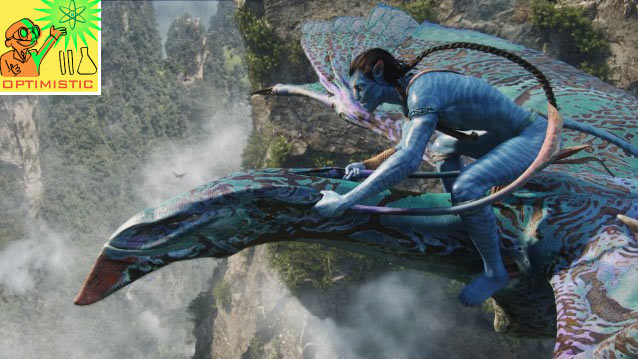
Pandora is the habitable and inhabited moon of the fictional gas giant Polyphemus, set in the real Alpha Centauri binary star system. There, humans armed in robotic exoskeletons that seem an homage to those in Robert Heinlein's "Starship Troopers" fight with humanoid aliens over human strip-mining of a naturally occurring superconductive mineral. In Pandora's lush jungles, a remote-controlled puppet operated by a handicapped man, and which seems reminiscent of Robert Heinlein's "Waldo," is also used to deal with the natives. Director James Cameron, once the president of his high school science club, overall tried hard to get the science right, although he admittedly used a bit of poetic license -- it's hard to imagine an alien naturally evolving the physique of a supermodel.
Science Rating: Optimistic.
The World of I, Robot
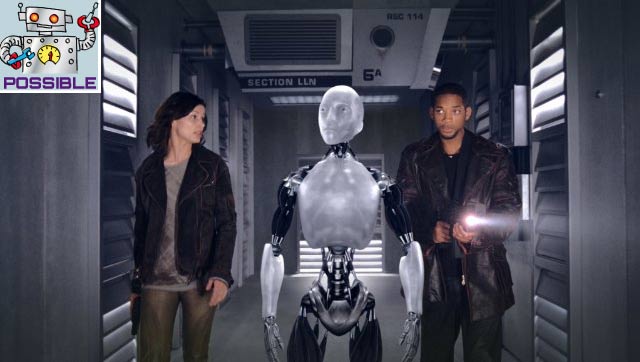
The future depicted in "I, Robot" is filled with androids and other robots that follow the famed Three Laws of Robotics that science fiction legend Isaac Asimov devised, which are supposed to keep them from hurting others and themselves while serving humanity as best as they can. Scientists are, step by step, developing robots that can walk like humans, which in Japan are being designed to help its growing elderly population. However, robots that can reason largely like humans do have so far proven difficult to invent, much less ones that can follow complex moral subroutines. Science Rating: Possible.
Minority Report
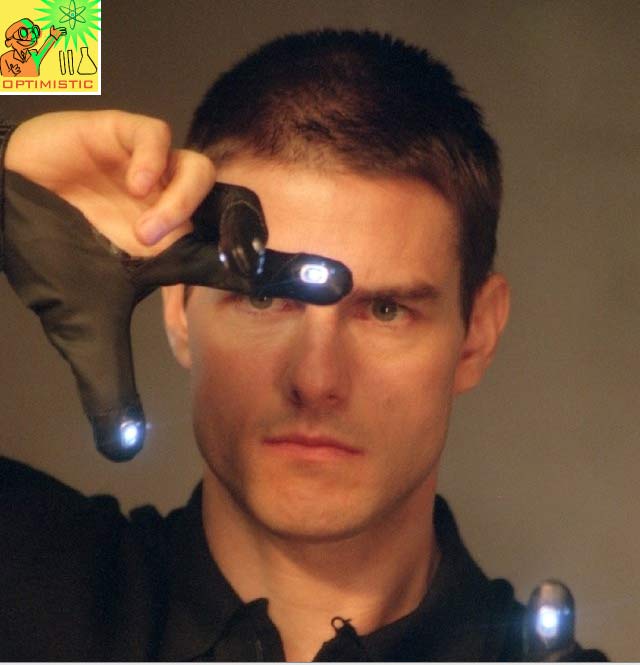
In the future depicted in the film, police rely on psychics who can see the future to stop crimes before they happen. Although precognition is fantasy as far as we know, director Steven Spielberg enlisted a cadre of futurists to develop a picture of where the future might head, including gesture-based computer interfaces and ads that refer to people by their names, which we see in relatively primitive form nowadays. Moreover, the investment arms of the CIA and Google are both backing a company that monitors the Web in real-time to try to predict the future. So maybe precognition isn't as implausible as it seems.
Science Rating: Optimistic.
Stargate Universe
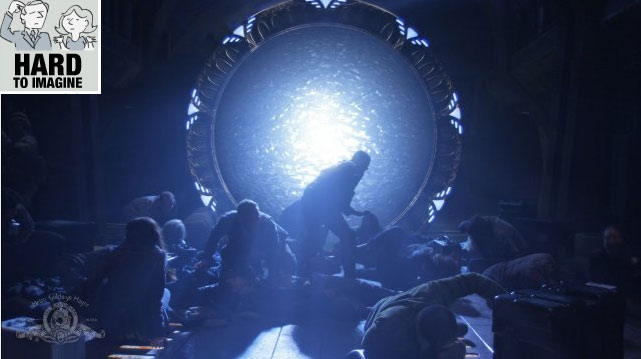
Rings of extraterrestrial origin serve as gateways to adventure, by opening wormholes to distant worlds where the heroes confront aliens posing as Egyptian gods. Although scientists have conjectured that wormholes could theoretically exist, these would be spherical in shape like a black hole and would allow two-way travel, unlike the flat disks shown on "Stargate" that only allow one-way travel. The first show to spinoff the movie, "Stargate SG-1," did endeavor to explore some of the potential scientific consequences of the device, such as how a gate open near the edge of a black hole would experience time dilation, where time would essentially pass at a different rate than normal.
Science Rating: Hard to Imagine.
2001: A Space Odyseey
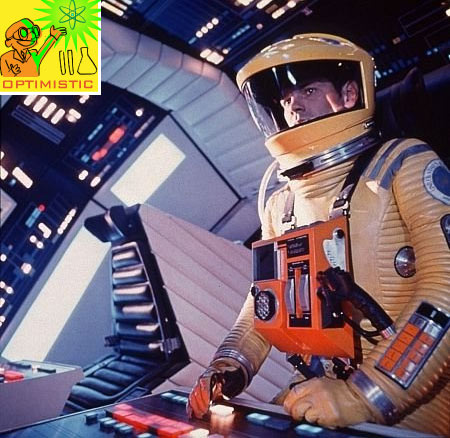
Aliens tinker with the evolution of the human species and leave behind artifacts that can hurl astronauts through space and transform gas giant planets into stars. Science-fiction legend Arthur C. Clarke was well-versed in science, being the physicist who first developed the notion of communications satellites, and while some elements of his stories might seem fantastic, he also coined the phrase, "Any sufficiently advanced technology is indistinguishable from magic." His science regarding many other aspects of the stories, including artificial intelligence, nuclear physics, orbital mechanics, suspended animation, videophony, moon colonization and voice recognition, were plausibly depicted, if now optimistic given common assumptions at his time.
Science Rating: Optimistic.
Blade Runner
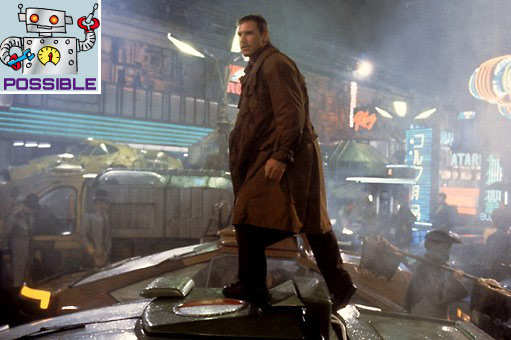
In the grim and gritty future depicted by "Blade Runner," humanoid replicants must be hunted down and killed wherever they are found on Earth. These androids are bioengineered — although they are artificial life, if they are as human as they often disturbingly seem, their development may fall well within the realm of technical possibility when compared with attempts so far to create mechanical humanoids. Space travel is apparently commercially available, but seems a distant possibility, much like today. Even the movie's flying cars now seem possible, given recent advances.
Science Rating: Possible.
Alien Nation's Los Angeles
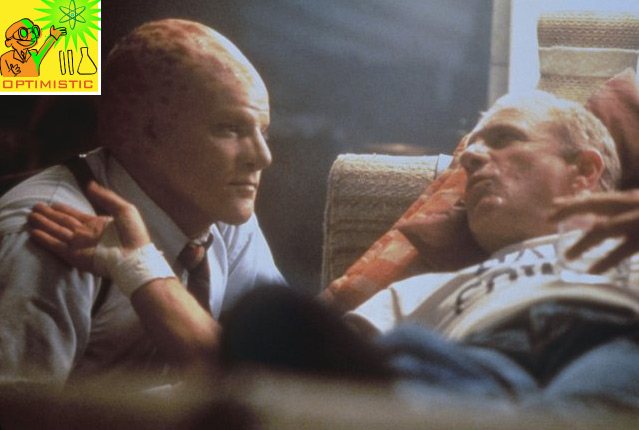
In 1988, a spaceship carrying a quarter-million slaves from the planet Tencton gets stranded in the Mojave Desert. These "Newcomers," who prefer to drink sour milk and eat meat raw, quickly join U.S. society. Although the humanoid aliens of the movie and show were mostly meant to explore questions regarding alienation and acceptance on many levels, their biology proved a major factor in storylines. Newcomers possess three sexes, with females needing to mate with two different kinds of males, a setup similar to that seen in a number of real species of harvester ants. Male Newcomers also incubated young, carrying them in pouches just as kangaroos do and giving birth to them like male seahorses in real life.
Science Rating: Optimistic.
The 12 Colonies of Kobol
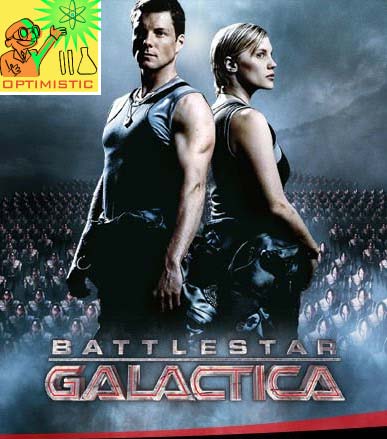
Explored in greater depth in "Caprica," the spinoff show of the re-imagined "Battlestar Galactica," the Twelve Colonies of Kobol are apparently located on planets within a cluster of four stars, which are connected as a civilization by faster-than-light spaceships. Although a number of these colonies are located on planets, others are based on moons at a planet's Lagrange points instead of more conventional orbits. The civilization is virtually completely destroyed by the sentient machines known as Cylons that humanity created as soldiers and workers.
Science Rating: Optimistic.
The Terminator
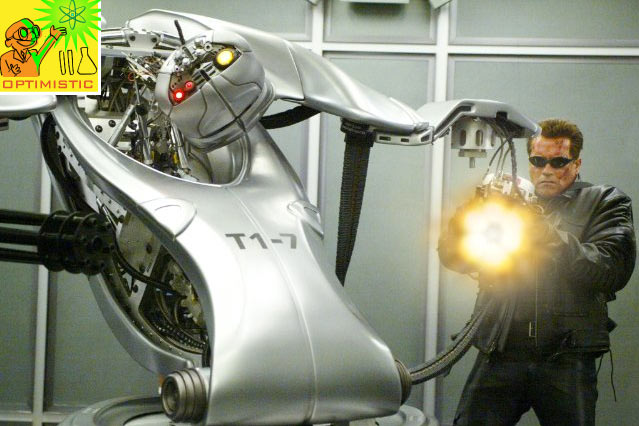
In the Terminator movies and series, machines and humans from the future constantly try to rewrite history, deploying soldiers backward in time to kill or protect vital historical figures. The villainous Skynet's main tools in this war are Terminators, most famously consisting of robotic skeletons encased in flesh, although more advanced models are made of shapeshifting metal. The jury is still out as to whether traveling backward in time is possible, although many are skeptical. Still, not only are scientists working on humanoid robots, they are endeavoring to essentially grow flesh in vats as well, suggesting Schwarzenegger cyborgs might one day actually exist. Relatively primitive shapeshifting machines are being developed as well.
Science Rating: Optimistic.
Alien
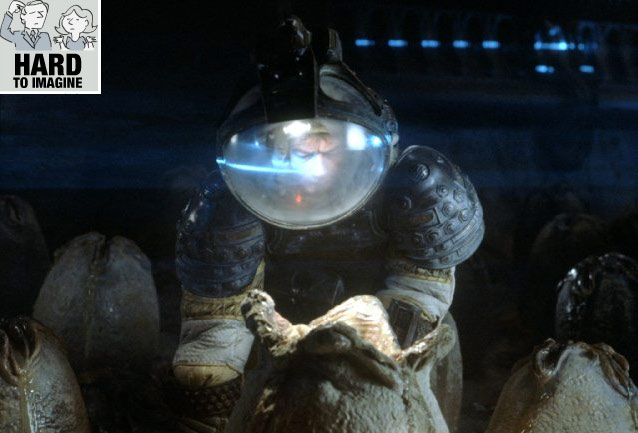
In the original movie "Alien," a team of humans and an android uncover alien eggs, which hatch parasitic "facehuggers" that kill their hosts, spawning a dangerous predator with acid for blood and two sets of jaws. In these aspects, the creature is reminiscent of real animals seen on Earth — for instance, the eggs of parasitoid wasps find their way into victims and go on to hatch and kill their hosts, and moray eels actually possess two pairs of jaws Later movies revealed this "xenomorph" had a hive structure with a single fertile queen protected by a caste of warriors, much like real ants and bees.
However, the movies also suggest the xenomorph could absorb its host's DNA and take on some of its physical attributes, which seems unlikely, as humans should have more in common with a stalk of wheat than an extraterrestrial. In addition, xenomorphs can somehow retain the memories of their hosts in their genetic material, allowing clones made from these molecules to remember the past lives of the hosts — something movie critic Roger Ebert likened to cookie dough remembering what a gingerbread man looked like.
Science Rating: Hard to Imagine.
Sign up for the Live Science daily newsletter now
Get the world’s most fascinating discoveries delivered straight to your inbox.











